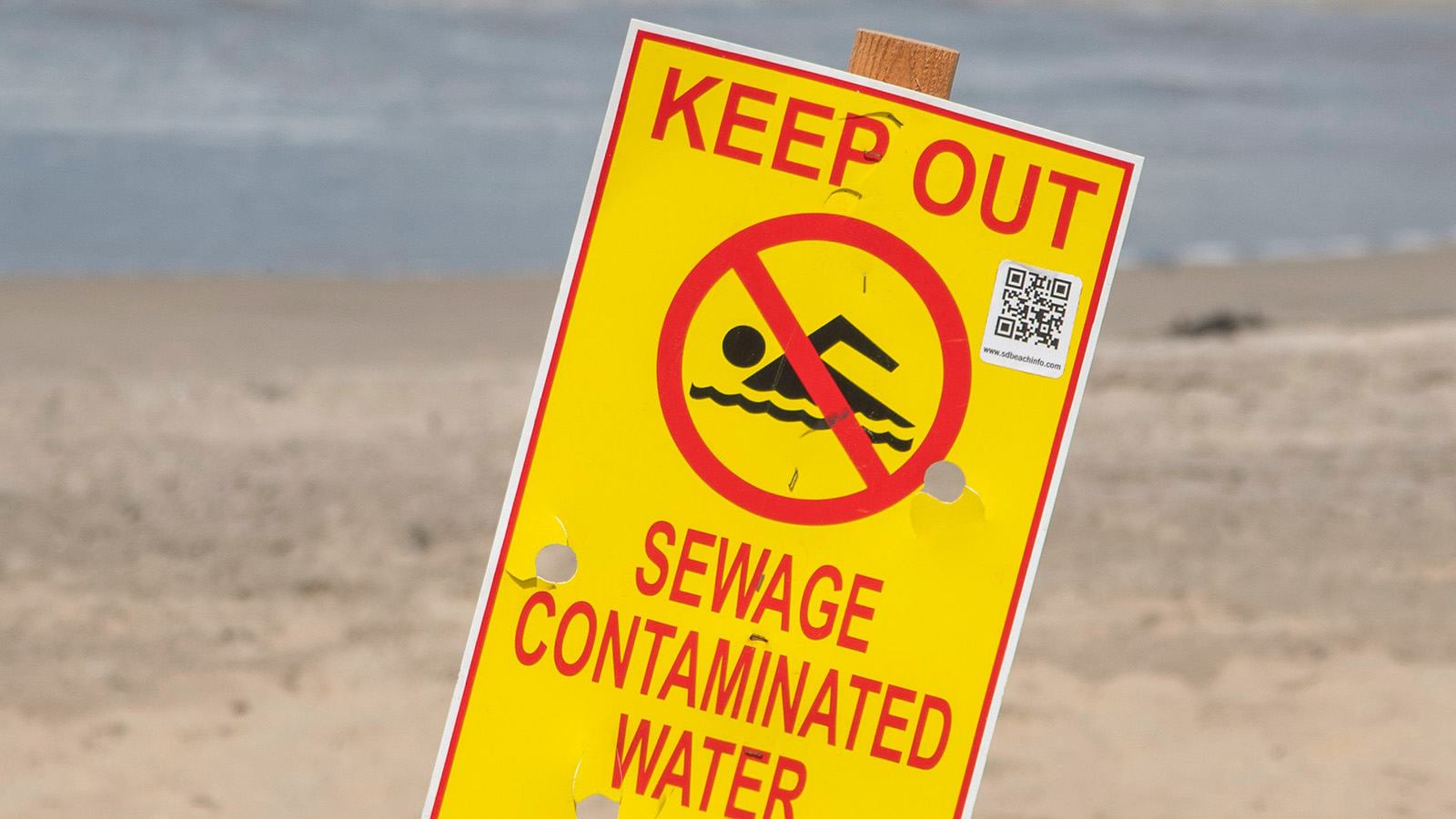
Funding the Future of Superfund
Addressing decades of slowing toxic waste cleanup
One in six Americans lives within three miles of a toxic waste site that is so dangerous it has been proposed or approved for cleanup under the U.S. Environmental Protection Agency’s (EPA) Superfund program. Less than a quarter of the more than 1,700 sites that have been added to the Superfund program’s National Priorities List since it was created in 1980 have been deleted, which is the final step in confirming all cleanup goals have been achieved at the site.
Downloads
Environment North Carolina Research and Policy Center

One in six Americans lives within three miles of a toxic waste site that is so dangerous it has been proposed or approved for cleanup under the U.S. Environmental Protection Agency’s (EPA) Superfund program. Less than a quarter of the more than 1,700 sites that have been added to the Superfund program’s National Priorities List since it was created in 1980 have been deleted, which is the final step in confirming all cleanup goals have been achieved at the site.
Contaminants of concern at toxic waste sites on the National Priorities List include arsenic, lead, mercury, benzene, dioxin, and other hazardous chemicals that may increase the risk of cancer, reproductive problems, birth defects, and other serious illnesses.
None of those chemicals should be at these sites in the first place. Superfund sites are above all the result of mismanaged waste. For decades, industrial activity has ignored the accruing human health, environmental, and financial cost of using toxic chemicals. It is long past time to put “safety first” into practice.
For the past 26 years, federal policy has helped entire industries to ignore that growing cost by shifting the financial burden for cleaning up Superfund sites from industry and onto individual, American taxpayers. The program was originally funded by a set of “polluter pays” taxes on the chemical and petroleum industries. Funds from these taxes went into a Trust Fund designated to fund the Superfund program. Since Congress let those taxes expire in 1995, the EPA has increasingly relied on money from general taxpayer revenue to make up the shortfall, but it hasn’t been enough. Past revenue from the polluter pays taxes kept the Trust Fund’s unobligated balance above zero until 2003,but shortly after the policy expired, cleanup progress at Superfund sites dropped.
Topics
Find Out More


Safe for Swimming?

The Threat of “Forever Chemicals”

